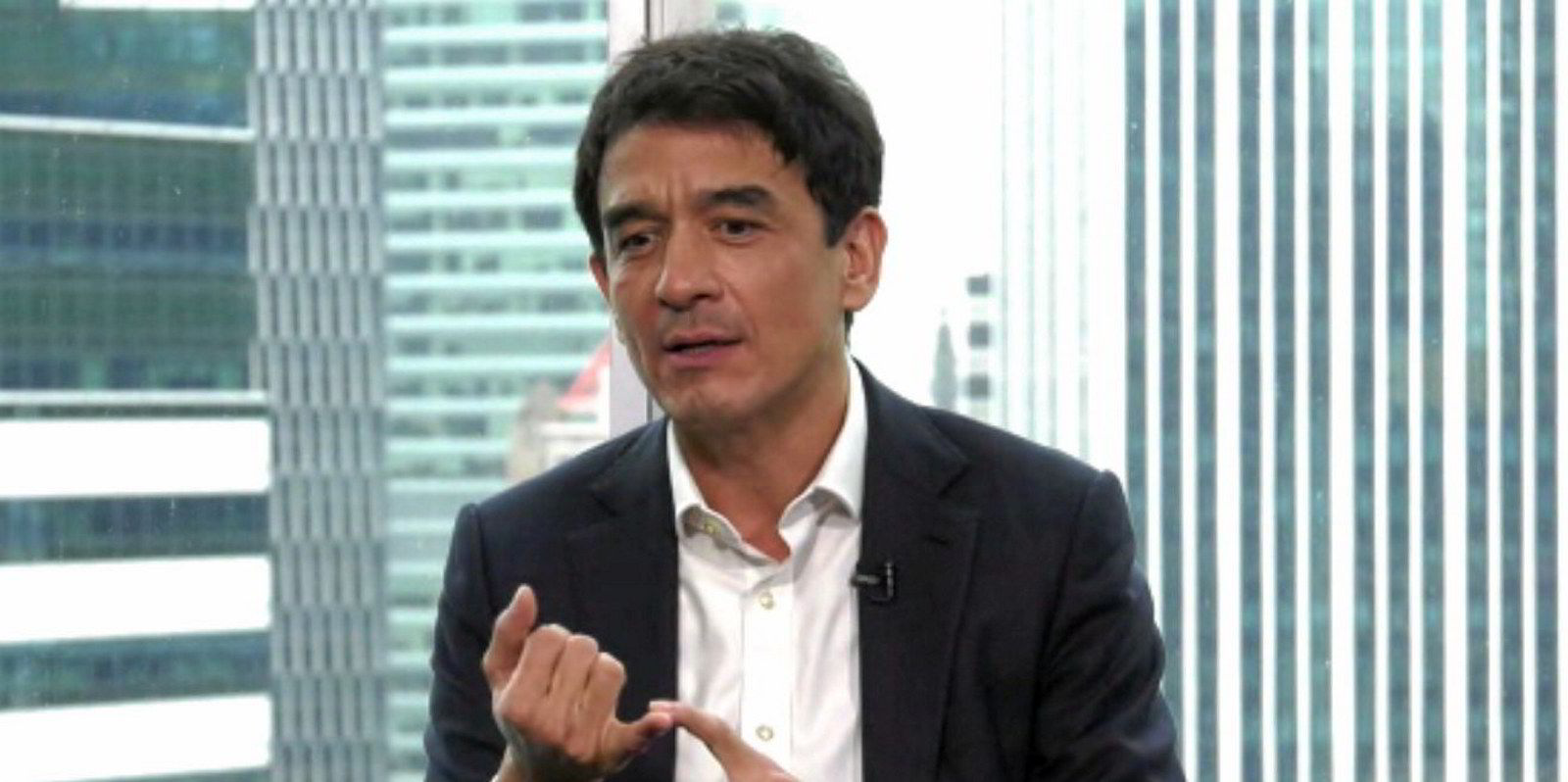When Cadeler listed its shares on the Oslo Stock Exchange in November 2020, it had a mission: to grow into the preferred contractor in the offshore wind turbine installation business.
And chief executive Mikkel Gleerup told a March conference call that the Denmark-based owner of wind turbine installation vessels (WTIVs) was looking at several strategic moves in a fast-growing market.
As TradeWinds has reported over the last week, Cadeler has picked one of those strategic moves: a merger with New York-listed rival Eneti that will create the world’s largest owner of WTIVs.

Offshore wind market experts told TradeWinds’ Green Seas podcast that the proposed merger is among recent transactions that highlight a tightening market for WTIVs, which presents a lucrative opportunity for their owners but has sparked efforts by wind project developers to lock in tonnage before a shortage of supply.
Another symptom of that market tightness is German utility RWE’s recent move to charter two Jan de Nul-owned WTIVs for four to five years.
Martin Lysne, a senior analyst at research and business intelligence company Rystad Energy, said such deals are bringing more certainty and structure to a market that has been very uncertain, with vessels contracted on a project-to-project basis.
And he said rising rates are also a reflection of the market tightness.
When Lysne looks at the orderbook of WTIV newbuildings and the project pipeline in the offshore wind sector, he sees a market that will get very tight in the next few years, particularly in 2026 as projects with larger turbines potentially find a shortage of ships that can install them.
Delays ahead
And that could start to impact those projects, particularly if vessel owners do not order more newbuildings. WTIV owners have worked to upgrade vessels to handle larger turbines, but that can only help so much.
“We think we could see some delays,” he told the podcast.

“It takes a long time to build these, as well. So we’re now getting really to a point where, if there are no more orders coming out, we will probably need to see some of these projects get moved. And it’s because they’re all opting for the largest turbine sizes.”
Additional supply will have to come from newbuildings.
The bigger, the better?
Cadeler has highlighted the growth in turbine sizes, with the company installing 11-MW turbines with 100-metre rotor blades now and turbines planned that can fit two Airbus A380 passenger jets lined up wingtip to wingtip across each rotor blade.
And while GE is developing 18-MW turbines, Cadeler is building WTIVs that are designed to handle 35-MW turbines, if the manufacturers ever make them that big.
“We believe that it will plateau at some point, but we don’t believe that it will plateau at what we are looking at today. We believe that it will be one or two steps more before it will plateau,” he said in a March conference call.
The potential for bottlenecks is also believed to be what led RWE to lock in WTIVs on term charters.
Putting ‘money where their mouth is’
Shipbroker Nicola Troup, who works on the offshore renewables desk at Braemar, said there are other outstanding tenders that could lead to more such charters.
“It’s moves like RWE’s that really tell us that big players are willing to put their money where their mouth is to ensure their projects have the capacity on the vessel side,” she said.

She noted that other vessel types needed for offshore wind project construction may also face tight markets. Those include wind farm foundation installation vessels and cable-laying ships.
There are 19 WTIVs on order, and it does not look like for the next few years they will encounter any shortage of work.

“Players such as Cadeler have already committed some of their newbuilds for projects going forward, as is the nature of this type of market. They [project developers] have to plan project pipelines many years in advance,” she said.
“At this stage, I don’t think that they’re going to be sitting on their hands with the vessels.”
The experts believe more WTIV newbuilding orders may be likely.
Norway’s Fred. Olsen Windcarrier, for example, has expressed interest in ordering more of the vessels. And though the company put a pause on the effort after Russia’s invasion of Ukraine inserted new uncertainty into the global energy scenario, Troup believes the company may be next to invest in new WTIVs.
And the shipbroker pointed to the US market, where only one WTIV newbuilding has been ordered domestically for a growing number of projects. More orders may be needed to meet the demand from new projects, although those vessels will likely be constructed outside of the US and work alongside locally built feeder barges to meet the requirements of the Jones Act.
But despite the demand picture, ordering a ship that costs more than $300m is still not an easy decision.

Rystad’s Lysne said that the growing tightness is pretty clear in the build-up to 2030, and he estimated that another 10 WTIVs could be needed to meet that schedule.
“We can then say with confidence that we need additional newbuilds to deliver on these targets,” he said. “But how does the project pipeline look from ’30 to ’40? Will there be sustained activity?”
And then there is new technology. As wind farm developers look to deeper waters, the future of offshore wind may involve floating turbines, which are not likely to need WTIVs. And there are other emerging technologies, like the WindSpider offshore crane system, that could reduce the need for vessels.
“I’m not saying that will completely take over, but you never know,” he said of the WindSpider. “It is moving so fast.”
Read more
- Editor’s selection: Troim’s back, carbon gambit and shipbroker goes bust
- Green Seas: India gets impatient as ship recycling treaty ratification nears
- Navigator and Bumi forge preliminary deal to launch UK-focused CCS venture
- ‘This is waste management’: Keeping costs low expected to be key to success in maritime CCS market
- ‘Significant moment’: UN adopts landmark ocean biodiversity treaty



